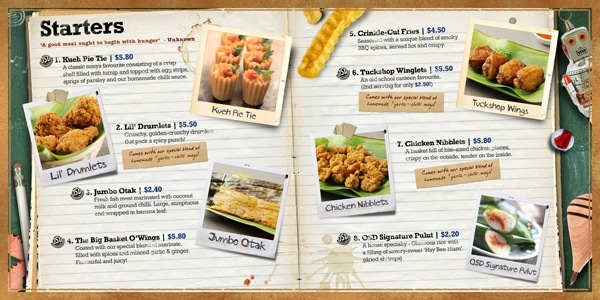In the restaurant industry, pricing menus is both an art and a science. It is a science because numbers including costs, prices and profits (i.e., dollar amounts, cost-to-profit ratios) are used to determine how you price your menu items. It is also an art since restaurants also consider non-monetary aspects like efficient service, delicious food, and camaraderie as a key factor that will determine whether your price points are worth it.
In any case, let’s take a look at the following to find out more about pricing your menu:
Use Technology for Automatic Costing Updates
Profitable restaurants stick to a cost of sales to gross income ratio in pricing their menus, and this is usually at 28 to 35 percent. The food costs should include the cost of the ingredients as well as the allowance for waste and spoilage and for employee meals and theft.
Tip: In costing food, analyze the cost necessary to make each item on your menu. In determining overall cost percentages, be sure to include waste and spoilage.
This is where automatic inventory control systems and software come in. The restaurant-friendly software makes food costing easier and faster as well as adjusting menu prices for seasonal ingredients and updating wholesale food costs. You will be able to adjust your prices depending on the ingredients’ availability, costs, and rate of spoilage, among other factors.
Follow Best Practices
Experienced chefs and restaurant managers have learned the following best practices in food costing:
- Mix high-cost and low-cost items on the menu
- Adjust prices for seasonal ingredients especially fruits and vegetables
- Apply market prices for food with a highly volatile nature
- Use all ingredients including produce in several dishes to ensure maximum freshness and reduce spoilage
- Consider non-monetary factors, such as difficulty in preparation, in food pricing
- Include inventory in the calculation of total food expenses
You have to know your market well when setting food prices especially for catering events. Ask yourself whether your customers are willing to pay for the food prices all things considered.
Use Formulas
The basic formula: Add all the expenses and subtract the inventory to arrive at the total food cost. After all the costs of ingredients that go into the dish are analyzed, divide the total by 35% for the minimum cost that can be charged for the food item. Add the non-monetary costs, such as difficulty in preparation, competitors’ prices, and restaurant ambience, to arrive at the final price.
Use Sizing Strategies
Keep in mind that all food costs are based on the exact quantities of the ingredients. You can then adjust the prices on your menu by changing the serving portions, thus, achieving a balance between what the customers are willing to pay and what you want to achieve in profits on each dish.
Balance Your Menu
Temporary price fluctuations are common in the restaurant industry. You must then balance your menu by mixing both high-cost and low-cost choices. You can also combine food ingredients with stable prices to those that have frequently fluctuating prices.
Ultimately, your pricing strategies should be a balance between what your customers are willing to pay and what you are willing to give them in exchange for their business.
